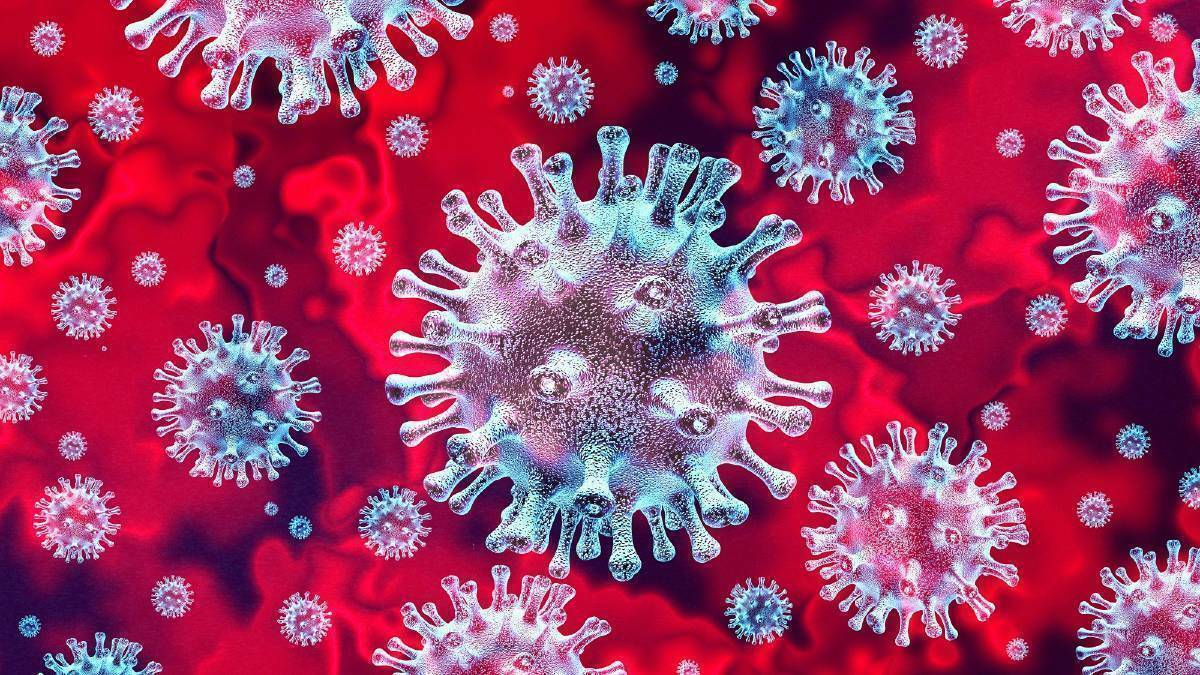
Warrnambool has recorded the state's lowest transmission rate of COVID-19.
Subscribe now for unlimited access.
or signup to continue reading
New data which tracks the COVID-19 effective reproduction number, has revealed Warrnambool's surge in cases is "now under control", a leading epidemiologist has said.
The number, known as Reff, indicates on average how many people are being infected by each positive case.
Warrnambool's 0.61 Reff means that on average each positive case is passing the virus on to less than one person, the lowest local government area rate in the state. The higher the number, the faster the virus spreads. Ballarat has the highest number of 1.24.
Deakin University epidemiologist Professor Catherine Bennett said it's a good sign for Warrnambool.
"We are seeing numbers come down across the state," Professor Bennett said. "Though we still don't have as complete a picture of actual infections because people will have infections and not even know because they're asymptomatic.
"However, what we see in the daily numbers is a good indicator of the relationship between community cases.
"The reproduction number is really important and shows the trend is going down.
"In Warrnambool it suggests it is under control."
While the number of exact cases is unknown, the trend in reported cases is dropping by nearly 40 per cent in Victoria.
Professor Bennett said boosters had helped contain the spread of the Omicron variant.
"Boosters halve your chance of having symptomatic infection and has helped bring numbers under control as we live more freely," she said.
"Seeing community rates continue to drop is really important as well because that changes some of the challenges we've had including the proportion of kids away from school and workers off sick or number of people in hospital with COVID.
"All the indirect challenges of that are starting to drop."
A recent Queensland study of 117 households found 20 people were infected and infectious with COVID-19, yet only four people had symptoms and only two were tested and realised they were carrying the virus.
It shows the endemic spread of the virus in the community, however the lower levels are meaning less people are becoming seriously ill, Professor Bennett said.
"We know we're under testing, we know a lot of cases now are asymptomatic and we can't know the proportion because there's no data on it," Professor Bennett said.
"The Reff number still tells us how well measures are working in Warrnambool with basic precautions and boosters reducing infection."
At midday on Monday January 14, Victoria's unprecedented system-wide "code brown", implemented more than three weeks ago, will be lifted.
Health Minister Martin Foley said on Friday the government was confident the alert could be safely repealed, but hospitals were "still going to be very, very busy".
Regional public hospitals can resume category two elective surgery if staff are available.
Professor Bennett said healthcare workforce impacts were felt the most in regional areas like Warrnambool, where numbers of backup staff were limited.
READ MORE:
"That really matters in regional Victoria when they (hospitals) haven't got the numbers of people to call on for backup. The health system was under stress and the code brown was brought in at the peak of that," Professor Bennett said.
"It's a really good sign that the government is taking a step back from that, people who have been pulled off the surgical list will be rescheduled which will be a big sigh of relief for them; it's not an easy thing for people who have been on waiting lists for some time."
Premier Daniel Andrews said on Sunday there was room for the state to adjust some of its restrictions and requirements "now that we've hit the peak of Omicron".
Density limits and QR code check-ins are under review, Mr Andrews says.
As of Monday February 14 there were: 30 new cases of COVID-19 in Warrnambool which now has 217 active cases, nine new active cases in Moyne Shire (85 active cases), 12 new cases in Glenelg Shire (80 active cases), 21 new cases in Southern Grampians Shire (146 active cases) and 11 new cases in Corangamite Shire (90 active cases).
New Victorian Health Department data shows someone infected with COVID after three doses is about 4.5 times less likely to end up in hospital than those who have only had two shots since January 1.
They are also six times less like to require hospitalisation than an unvaccinated person.
The analysis of Victoria's Omicron wave show:
- Those with two doses was 7.6 times more likely to be in ICU than someone who had had three doses.
- Someone who was unvaccinated was more than 34 times more likely to be in ICU than someone who had received three doses.
- Those who are not vaccinated are 4.5 times more likely to be in ICU than someone who has received two doses.
IN OTHER NEWS:















